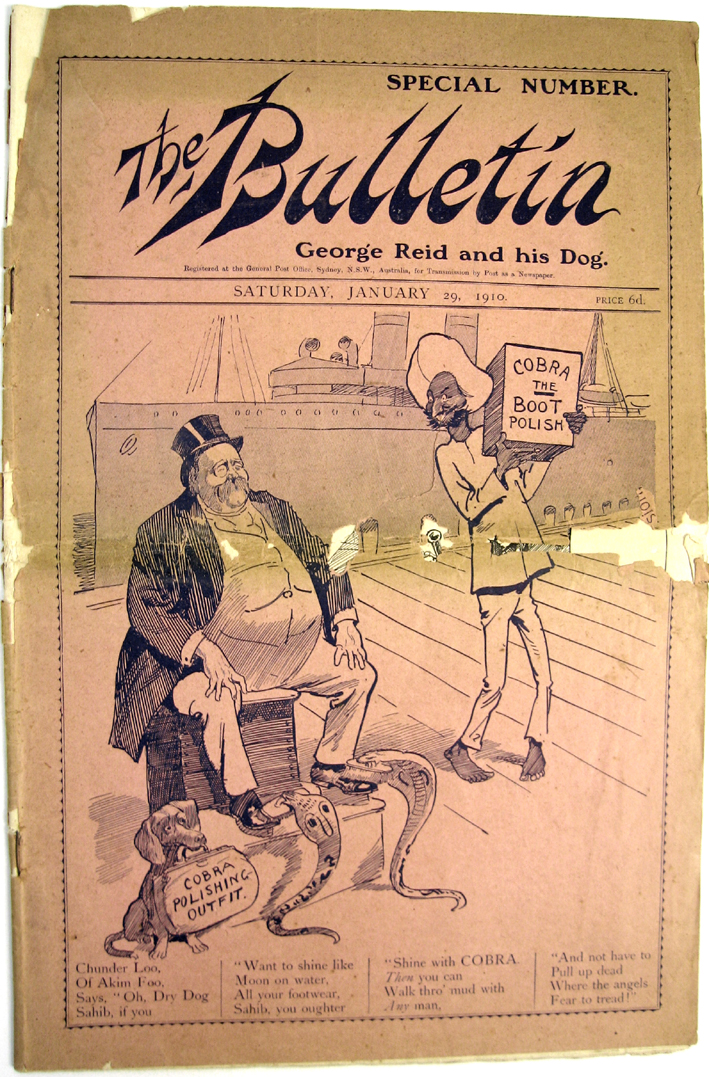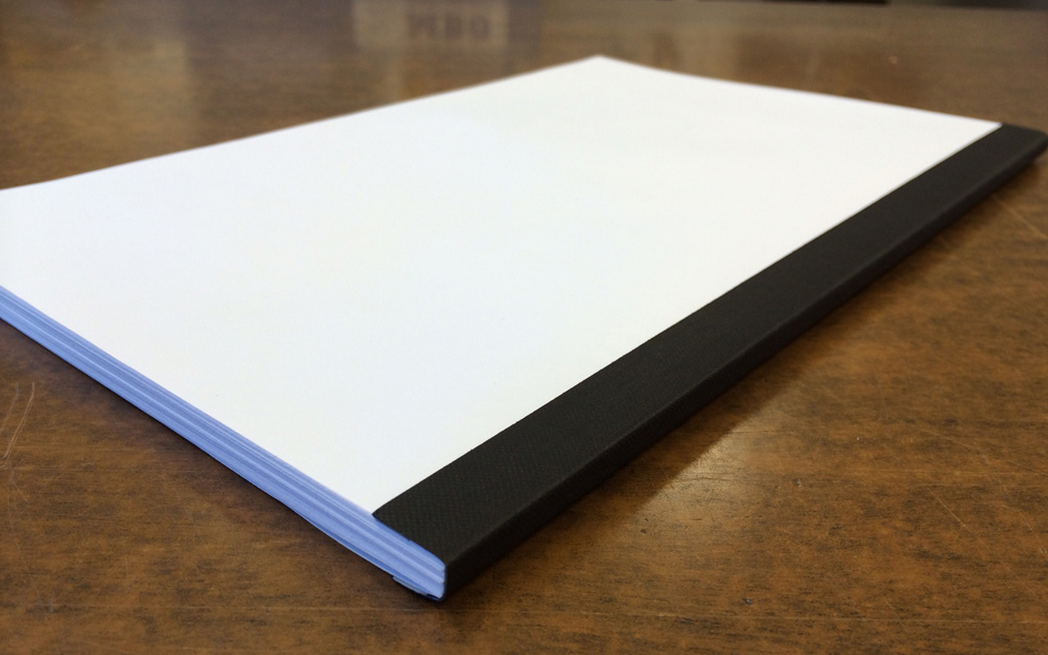


This privacy notice provides an overview of our commitment to privacy and describes how we collect, protect, use and share personal information collected through this site. Pearson Education, Inc., 221 River Street, Hoboken, New Jersey 07030, (Pearson) presents this site to provide information about Peachpit products and services that can be purchased through this site. Consequently, these undertakings require extremely careful planning. Such pieces are usually used in very limited print runs and entail a considerable amount of handwork. Special presentations or other artistic publishing concepts may involve custom binding solutions such as handmade covers or cases and decorative binding devices such as screws or ribbons. This method has the advantage of allowing you to add or replace pages, and it's possible to have an exterior cover with an imprinted spine. In this binding method, metal posts are pushed through punched holes in the book and anchored with bolts that thread into the post centers. It applies to most specialty-binding methods.įor heavy-duty books with constantly changing content, such as a wallpaper sample book, post binding may be the most appropriate solution. By now, you're probably reciting the mantra, "Use wider inner margins to avoid the punch holes." Hold that thought. Wire binding uses tooth-like loops of wire similar in appearance to the teeth of comb binding, but it produces a sturdier binding than the plastic combs. If you're creating textbooks or notebook-like workbooks, you'll encounter other punch–and–bind methods that are similar in configuration to comb and coil binding. While this binding method allows a book to lie flat when open, there's no way to imprint a spine. However, there's no way to imprint a spine, and you must create a wide inner margin as you design the piece so that the printed area of the page will clear the punch holes.įigure 3.26 Coil binding is suitable for notebooks, cookbooks, and textbooks. As with comb binding, coil binding (also called spiral binding) allows a piece to lie flat when open. In coil binding, a spiral of wire or plastic is threaded through round holes punched in the book ( Figure 3.26). But if you frequently produce short-run books or other small-quantity publications that require comb binding, you might consider purchasing punching and binding equipment of your own. Most print service providers and many office-supply stores can perform comb binding for you. Your print service provider can give you specifications for their punches. In preparing artwork for a publication that will be comb bound, you have to provide sufficiently wide inside margins so the punched holes won't damage any content. It's possible to apply adhesive labels or even imprint the plastic combs by using silk screening at extra cost. It's great for cookbooks and workbooks, but makes it challenging to add a printed spine.Ĭomb binding has one disadvantage: It's a challenge to put a title or other copy on the spine. This is called case binding.įigure 3.25 Comb binding allows books to be opened flat. For larger books such as textbooks, the spine is reinforced by adhering a cloth strip to the spine of the gathered signatures before affixing a hard cover. Finally, a cover is added to enclose the pages, which is held in place by glue along the spine. Then, multiple signatures are stacked together, trimmed (or ground off), and glued at the spine ( Figure 3.23). Whereas magazines might combine over 100 pages in a saddle-stitched issue, when perfect binding is used, pages are gathered in much smaller groups-such as 16–page signatures-which are likely to result in less-pronounced creep.

In perfect binding, creep is not as large an issue as it is with other binding methods, although it can still occur. There is another method of binding-perfect binding-that is used for larger publications such as textbooks (and some high-page–count journals). Figure 3.22 In saddle stitching, wire is fed from a roll, and then cut to form staples, which are driven through a sheaf of paper and then crimped.


 0 kommentar(er)
0 kommentar(er)
